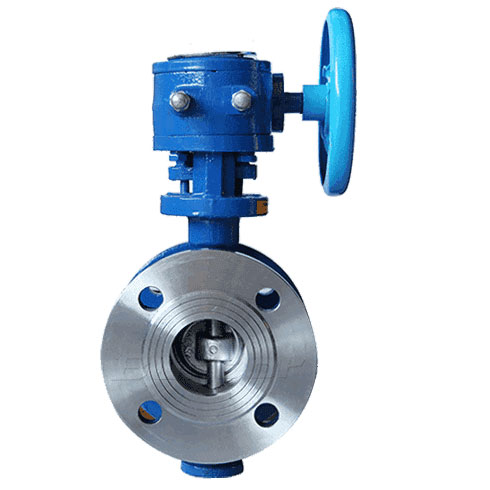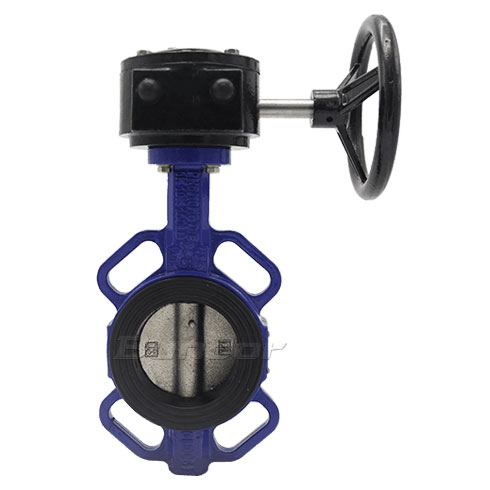What is the difference between a soft seal butterfly valve and a hard seal butterfly valve?
Hard seal butterfly valve

Butterfly valve hard seal means that both sides of the seal pair are made of metal material or other hard materials. This seal has poor sealing performance, but is resistant to high temperatures, abrasion and mechanical properties. Such as: steel + steel; steel + copper; steel + graphite; steel + alloy steel. The steel here may also be cast iron, cast steel, alloy steel or alloys for surfacing and spraying.
Soft sealing butterfly valve

The soft seal of the butterfly valve means that the sides of the seal pair are made of metal material and the other side is elastic non-metallic material. This kind of sealing has good sealing performance, but it is not resistant to high temperature, easy to wear and has poor mechanical properties. For example: steel + rubber; steel + tetrafluoroethylene.
The soft seal seat is made of non-metallic material with certain strength, hardness and temperature resistance. It has good performance and can make zero leakage, but its service life and temperature adaptability are relatively poor. The hard seal is made of metal and the sealing performance is relatively poor. Although some manufacturers claim to be able to make zero leaks. Soft seals do not meet process requirements for a portion of corrosive materials. A hard seal can be solved, and the two seals can complement each other. The soft seal is relatively good in terms of tightness, but now the seal of the hard seal can meet the corresponding requirements. The advantage of the soft seal is that the sealing performance is good, and the disadvantage is that it is easy to age, wear and have a short service life. The hard seal has a long service life, but the seal is relatively inferior to the soft seal.
The structural differences mainly include the following:
1, the structural difference
Soft-sealed butterfly valves are mostly mid-line type, and hard seals are mostly single eccentric, double eccentric, and triple eccentric butterfly valves.
2, temperature resistance
The soft seal is used in a normal temperature environment. Hard seals can be used in low temperature, normal temperature, high temperature and other environments.
3, pressure
Soft seal low pressure - normal pressure, hard seal can also be used in medium and high pressure conditions.
4, sealing performance
The soft seal and the triple eccentric hard seal butterfly valve have better sealing performance. The eccentric butterfly valve can maintain a good seal under high pressure and high temperature environment.
The soft sealing butterfly valve is suitable for two-way opening and closing and regulation of ventilation and dust removal pipelines, water treatment, light industry, petroleum, chemical industry and other industries. Hard-sealed butterfly valves are often used for heating, gas supply, and gas, oil, acid and alkali environments.
With the wide use of butterfly valves, the features of convenient installation, convenient maintenance and simple structure have become more and more obvious. Electric soft sealing butterfly valves, pneumatic soft sealing butterfly valves, hard sealing butterfly valves, etc. have begun to replace electric gate valves and globe valves in more and more occasions.
 简体中文
简体中文 Русский
Русский Español
Español Bundor - Butterfly, Gate, Check, Ball, Globe Valve Manufacturer, Supplier & Distributor
Bundor - Butterfly, Gate, Check, Ball, Globe Valve Manufacturer, Supplier & Distributor
